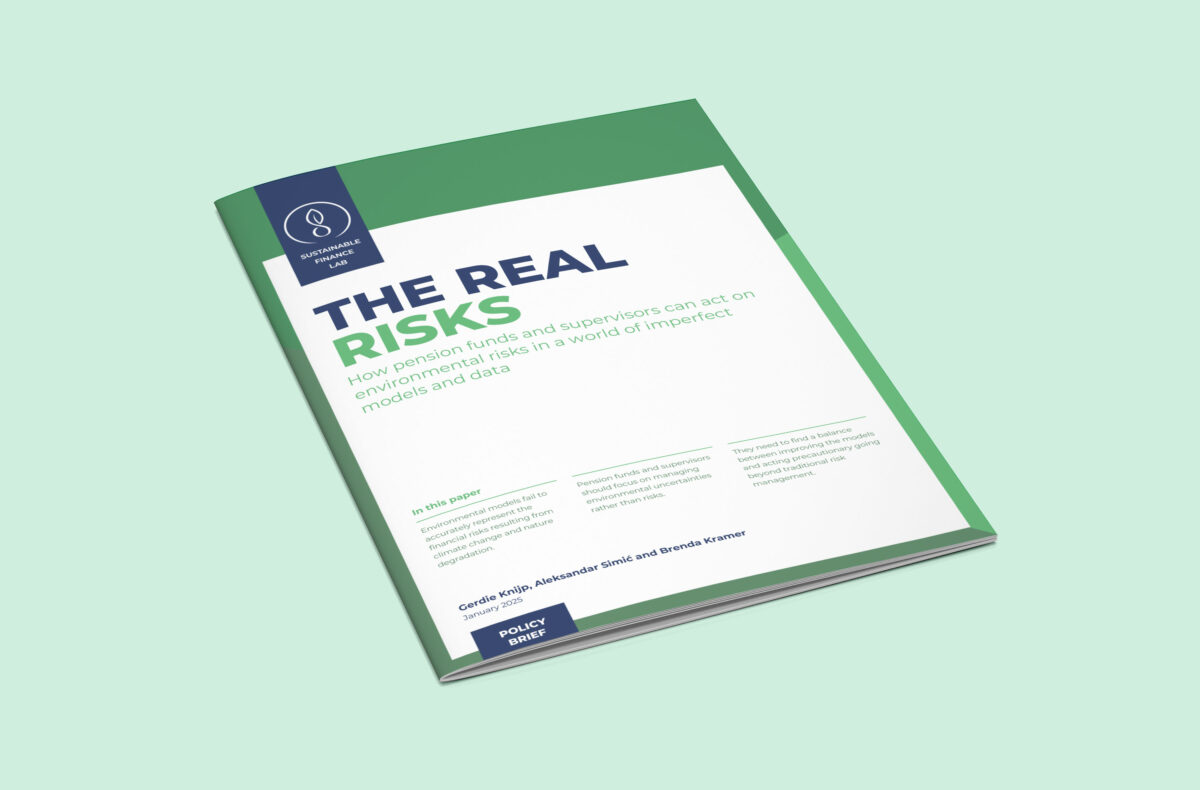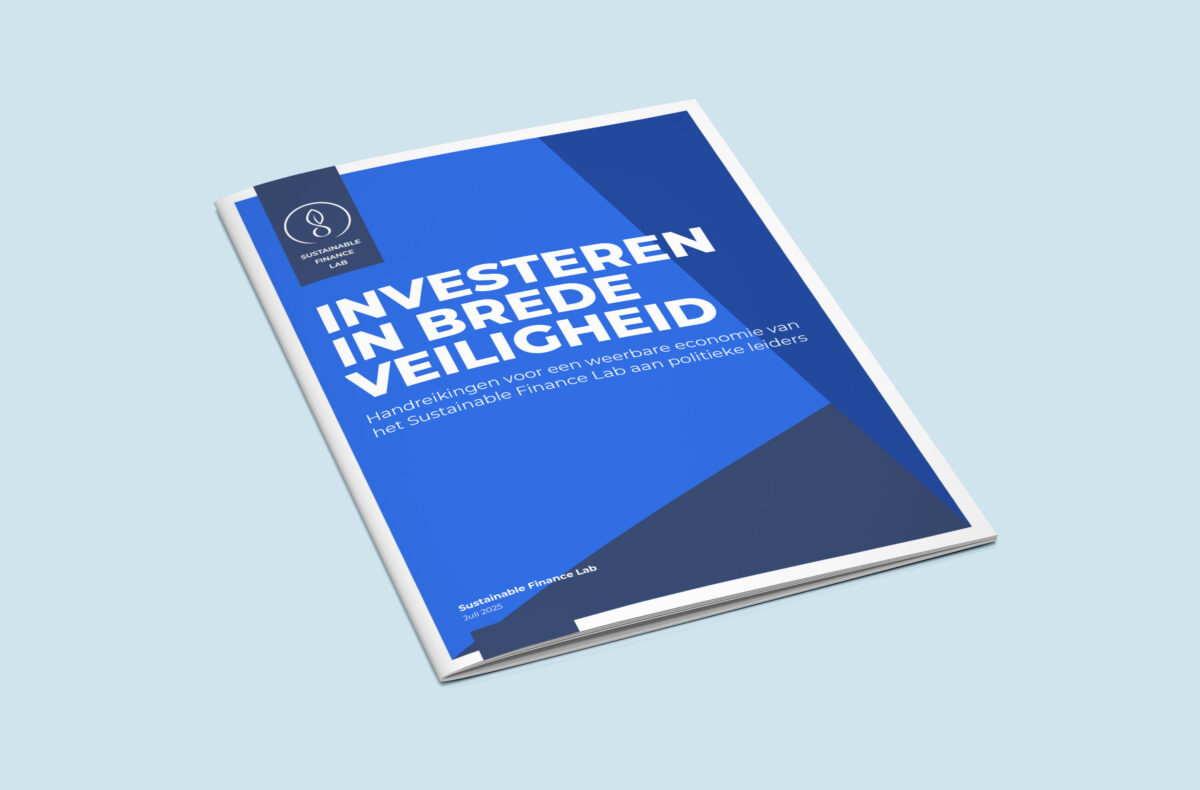How Europe should react and how digital euro could help
The current US administration is very favourable to the crypto industry. Some politicians in the US administration explicitly call for US-based stablecoins as a tool to expand the US dollar’s role as a global reserve currency.
The European Central Bank has expressed concern around this development. They fear the dominance of dollar-backed stablecoins in Europe and their potential impact on monetary policy and monetary sovereignty.
In this paper, we investigate to what extent foreign stablecoins could impact the ECB’s monetary policy conduct. We look at the traditional transmission channels and describe how a high stablecoin uptake could have an effect on them. We find that foreign stablecoins are unlikely to witness large adoption in the Euro area.
Relatedly, we do not envision that monetary policy will be negatively impacted. Euro is a stable currency, with the broad support of the European public. European payment systems are advanced, inexpensive, and reliable. Europe has already developed MiCA regulation to limit large stablecoin issuance. Stablecoins, like other crypto, are related to crime, political corruption, and instability in value. All of these are potential risks to their business model and make them prone to sudden loss of trust by consumers.
Digital euro as a public alternative can be a credible alternative to stablecoins in the Euro area. The current proposal for the digital euro threatens to fall short of its potential. There are unresolved questions around privacy, competition with banks, and pricing for merchants and consumers. Crucially, the digital euro is currently foreseen to have rather low holding limits. This would severely reduce its usefulness and make it more difficult to compete with other private payment instruments. High holding limits might also have co-benefits for the stability of the banking sector.
You can download the full publication here.




